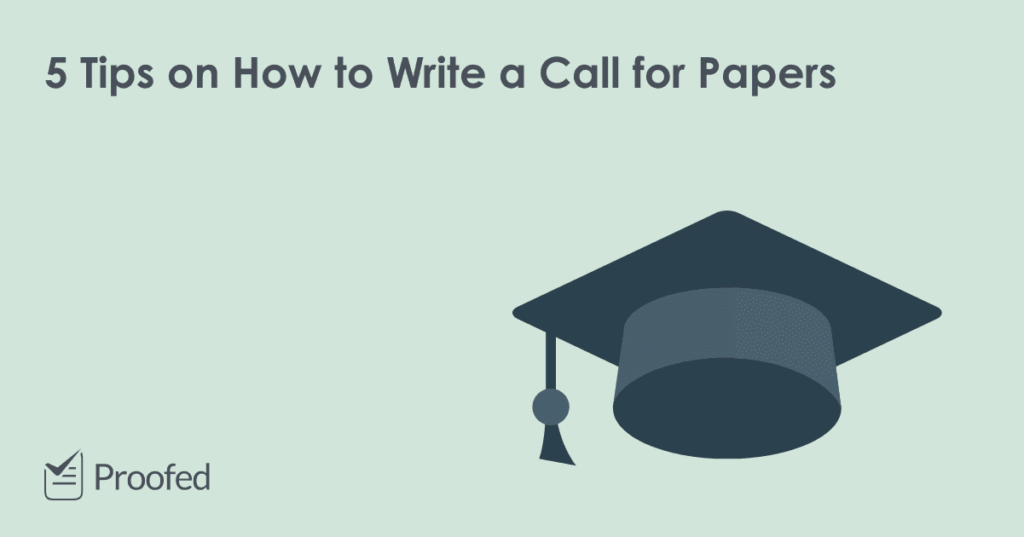A call for papers (CFP) is the document you send out when you are seeking academic papers for a conference, a special issue of a journal, or an edited volume. Here, we share five tips on how to write a call for papers.
1. Start with Information About the Event or Publication
First, you will want to describe what the conference or publication will be about. You will also want to set out some key information:
- For a conference, give the title, date, and location.
- For a special issue of a journal, name the journal, say who the editors are, and give the title of the issue.
- Similarly, for an edited volume, give its title and its editors.
This will give readers an immediate sense of whether the CFP is for them.
2. Describe What You Are Looking For
Next, make it clear what kind of papers you are looking for. To do this, describe the overall themes of the conference or publication and list the topics the editors or organizers are most interested in.
3. Explain the Submission Process
Usually, a call for papers will ask people to submit a proposal along with a CV or short biography. You should specify how long the proposal should be and what form it should take. For example, some CFPs ask for an abstract of around 250 words. It’s also a good idea to ask for CVs to be no more than one or two pages long, especially if you are expecting many submissions.
Find this useful?
Subscribe to our newsletter and get writing tips from our editors straight to your inbox.
In addition, you need to explain how people should submit their proposals – should they email them? Or is there an online form they should fill out?
4. State the Deadlines
Make sure you clearly state the deadlines for the submission of proposals and for the submission of the full conference paper, journal article, or chapter. This will help you to get proposals in on time, and it will help those reading the call for papers to decide whether they can make a submission.
5. Make Your Call for Papers Clear and Compelling
As academics are usually very busy, you are likely to receive more proposals if your call for papers gives clear information and has a straightforward submission process. And you might want to mention the importance of the conference or publication somewhere to encourage submissions.
We hope these tips help you to write a successful call for papers. And don’t forget: If you would like someone to check that your CFP is clear, concise, and error free, our expert editors can help.
